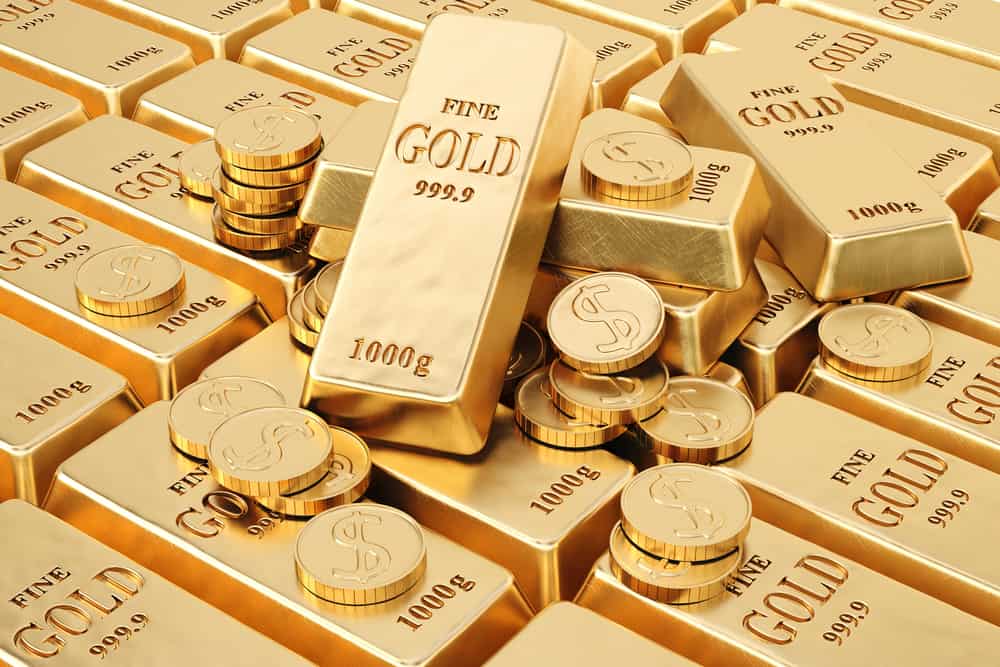What Factors Influence the Price of Gold?

Author: Maria Andretti
Last Updated: 26 May 2020
Gold is a very desirable metal, sought after for investment purposes, the manufacture of jewelry, as well as the manufacture of a host of electronic and medical devices. As of March 2020, gold was at $1,625 an ounce, up a great deal from levels of 50 years ago when it was priced close to $300 an ounce.
What is it that drives the price of gold higher as time goes by?

Central Bank Reserves
Central banks around the world typically hold paper currency and gold in reserve. As central banks diversify their monetary reserve, going from paper into gold, the price of gold rises. Many countries hold gold as their primary reserve.
Globally, central banks are buying the most gold they have since the United States went off the gold standard in 1971. Bloomberg reports the biggest buyer of this precious commodity has been Russia, followed by Turkey, followed by Kazakhstan. In 2018 alone, central banks purchased 651 tons, according to Bloomberg.
The Value of the United States Dollar
Gold is a dollar-denominated commodity. As such, the price of the metal is generally inversely related to the dollar’s value. With all else being equal, as the dollar strengthens, the price of gold slips and is more controlled. Conversely, when the dollar weakens, the price of gold goes up as a result of increased demand. The reason is simple. More gold can be purchased when the dollar is weak.
Because of this, gold is seen as a hedge against inflation. As inflation rises, so does the price of gold.
Jewelry and Industrial Demands
In 2019, the manufacture of jewelry accounted for 2,200 tons of gold. This is approximately half of the gold produced in the year. The U.S., along with India and China, are the largest consumers of gold jewelry in terms of volume. A further 7.5 percent of the gold produced goes toward industry and technology, where it is used in the manufacture of precision electronics and medical devices such as stents. As can be seen, the price of gold is directly affected by the theory of “supply and demand.” As the demand increases, so does the price of gold.
Wealth Protection
During times of economic uncertainty, currently being seen as a result of the COVID-19 crisis, there is a tendency for people to turn to gold because of the metals enduring value. During uncertain times, gold is considered to be a “safe haven.” When the returns on other investments, including bonds, equities, and real estate fall, investors move toward gold, by doing so, the price goes up.
Gold Production
The global production of gold affects the commodities price. Over the period 2010 to 2018, gold production increased from 2,400 to 3,500 tons. Despite this increase, gold production has not changed significantly since 2016. The reason? The easy gold has been extracted. It is now necessary for mining companies to work harder by digging deeper. It now costs more to get less gold. The result is higher spot prices.
The world has long been enamored by gold, and no doubt, this will continue. The demand for gold, central bank reserves, the value of the U.S. dollar, and the desire to hold gold as a hedge against inflation, all contribute to the ever-increasing price of this precious metal.
BWCEvent aspires to share balanced and credible details on cryptocurrency, finance, trading, and stocks. Yet, we refrain from giving financial suggestions, urging users to engage in personal research and meticulous verification.


